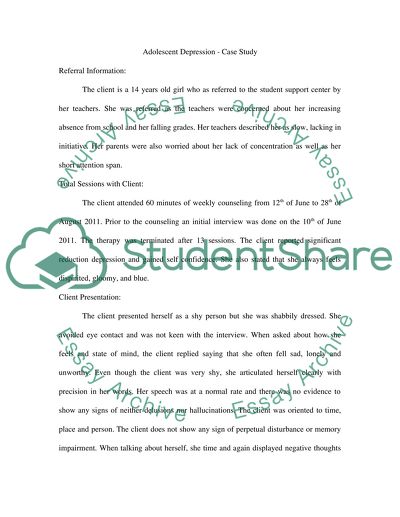Cite this document
(“Adolescent Depression Research Paper Example | Topics and Well Written Essays - 2750 words”, n.d.)
Retrieved from https://studentshare.org/psychology/1393057-adolescent-depression-case-study
Retrieved from https://studentshare.org/psychology/1393057-adolescent-depression-case-study
(Adolescent Depression Research Paper Example | Topics and Well Written Essays - 2750 Words)
https://studentshare.org/psychology/1393057-adolescent-depression-case-study.
https://studentshare.org/psychology/1393057-adolescent-depression-case-study.
“Adolescent Depression Research Paper Example | Topics and Well Written Essays - 2750 Words”, n.d. https://studentshare.org/psychology/1393057-adolescent-depression-case-study.


